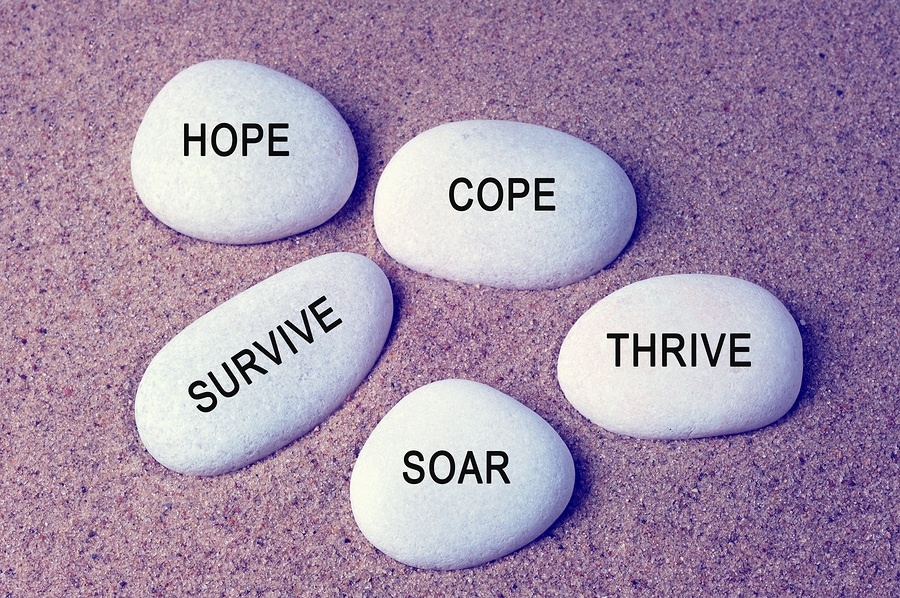
Disclaimer:-This depression assesment is for mental aware ness,it rates your mental state by rating yor choices of answerss in the following asked questions.
Are You Depressed?
The depression is being categorized in following categories:-
Mild and moderate depression
These are the most common types. More than simply feeling blue, the symptoms of mild depression can interfere with your daily life, robbing you of joy and motivation. Those symptoms become amplified in moderate depression and can lead to a decline in confidence and self-esteem.
Major or clinical depression
Major depression (otherwise known as major depressive disorder) is much less common than mild or moderate and is characterized by severe, relentless symptoms. Left untreated, major depressive disorder typically lasts for about six months. Some people experience just a single depressive episode in their lifetime, but major depression can be a recurring disorder. Atypical depression
Atypical depression
Atypical depression is a common subtype of major depressive disorder with a specific symptom pattern. It responds better to some therapies and medications than others, so identifying it can be helpful. People with atypical depression experience a temporary mood lift in response to positive events, such as after receiving good news or while out with friends. Other symptoms include weight gain, increased appetite, sleeping excessively, a heavy feeling in the arms and legs, and sensitivity to rejection.
Seasonal affective disorder (SAD)
For some people, the reduced daylight hours of winter lead to a form of depression known as seasonal affective disorder (SAD). SAD affects about 1% to 2% of the population, particularly women and young people. SAD can make you feel like a completely different person to who you are in the summer: hopeless, sad, tense, or stressed, with no interest in friends or activities you normally love. SAD usually begins in fall or winter when the days become shorter and remains until the brighter days of spring.